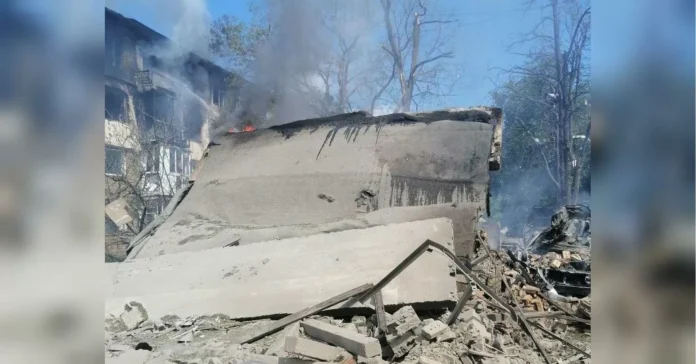The recent natural disasters have caused widespread damage to infrastructure, leaving many communities struggling to recover. In addition to the destruction of buildings and roads, the power grid has also suffered significant damage. This has led to widespread power outages, leaving people without electricity for days or even weeks.
The impact of damaged power grids cannot be underestimated. In today’s world, electricity is an essential part of our daily lives. It powers our homes, our hospitals, our schools, and our businesses. Without it, we are left in the dark, unable to carry out our daily tasks and routines. The damage to the power grid has not only affected individuals, but also entire industries, disrupting supply chains and causing economic losses.
In the aftermath of a natural disaster, restoring power is crucial for communities to start the recovery process. However, repairing and replacing damaged power lines and equipment is a daunting task that requires time, resources, and specialized skills. The first step is to assess the extent of the damage, which can be a challenging and time-consuming process. Crews must navigate through debris and hazardous conditions to identify the areas that need to be repaired.
Once the damage is assessed, repairs can begin. This involves repairing or replacing broken power lines, transformers, and other equipment. In some cases, entire substations may need to be rebuilt. This process can take days or even weeks, depending on the severity of the damage and the availability of resources. In the meantime, communities are left without power, making it difficult for people to carry out their daily activities.
In addition to the physical damage to the power grid, there are also financial implications. The cost of repairing and rebuilding the power grid can be astronomical, with some estimates reaching billions of dollars. This puts a strain on the budgets of utility companies and can ultimately lead to increased electricity costs for consumers.
Despite the challenges, there is hope for those affected by damaged power grids. In recent years, advancements in technology have allowed for more efficient and effective restoration efforts. For example, drones can be used to assess damage in hard-to-reach areas, making the assessment process faster and safer. In addition, smart grid technology can help identify problem areas and isolate them, minimizing the impact of outages on surrounding areas.
Furthermore, preventative measures can also play a crucial role in protecting power grids from future natural disasters. This can include reinforcing power lines, burying them underground, and using more resilient materials in construction. These measures may be costly, but they can save money and resources in the long run by preventing or minimizing damage in future disasters.
In conclusion, the damage to power grids in the wake of natural disasters has a significant impact on communities. It disrupts daily life and can have lasting economic consequences. However, with advancements in technology and proactive measures, we can work towards more resilient power grids that can withstand the forces of nature. As we continue to recover from these disasters, let us also focus on building a more resilient future for our power grids.

